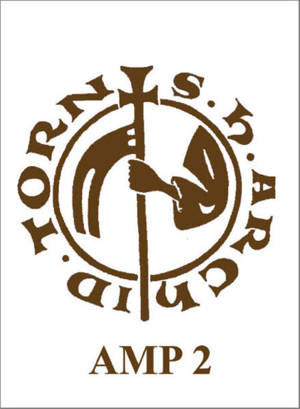
- Afhalen na 1 uur in een winkel met voorraad
- Gratis thuislevering in België vanaf € 30
- Ruim aanbod met 7 miljoen producten
- Afhalen na 1 uur in een winkel met voorraad
- Gratis thuislevering in België vanaf € 30
- Ruim aanbod met 7 miljoen producten
Zoeken
Omschrijving
Henry of Ghent was the most important thinker of the last quarter of the 13th century and his works were influential not only in his lifetime, but also in the following century and into the Renaissance.
This critical edition of Henry of Ghent's Summa, art. 60-62 deals with the Trinity. The respective articles are based upon this scholastic philosopher's lectures in the theology faculty at the university in Paris and can be dated to slightly after Advent 1290. For Henry and his contemporaries, Trinitarian analysis entailed both metaphysical and epistemological issues which required serious thought and in these articles Henry treats active spiration, a property common to the Father and Son; properties proper to the Holy Spirit; and properties common to all the persons of the Trinity, namely identity, equality, and similitude.
Articles 60-62 were distributed by the university in Paris by means of two successive exemplars divided into peciae. Manuscripts copied from each have survived and the text of the critical edition has been established based upon the reconstructed text of these two exemplars. Reconstructing the first exemplar was complicated by the fact that one manuscript contains replacement peciae of the first exemplar and these may have been the models for other manuscript copies.
This volume should be of interest to those studying theology, philosophy, and book distribution in the Middle Ages, as well as to scholars of (medieval) teaching at the university in Paris.
This critical edition of Henry of Ghent's Summa, art. 60-62 deals with the Trinity. The respective articles are based upon this scholastic philosopher's lectures in the theology faculty at the university in Paris and can be dated to slightly after Advent 1290. For Henry and his contemporaries, Trinitarian analysis entailed both metaphysical and epistemological issues which required serious thought and in these articles Henry treats active spiration, a property common to the Father and Son; properties proper to the Holy Spirit; and properties common to all the persons of the Trinity, namely identity, equality, and similitude.
Articles 60-62 were distributed by the university in Paris by means of two successive exemplars divided into peciae. Manuscripts copied from each have survived and the text of the critical edition has been established based upon the reconstructed text of these two exemplars. Reconstructing the first exemplar was complicated by the fact that one manuscript contains replacement peciae of the first exemplar and these may have been the models for other manuscript copies.
This volume should be of interest to those studying theology, philosophy, and book distribution in the Middle Ages, as well as to scholars of (medieval) teaching at the university in Paris.
Specificaties
Betrokkenen
- Auteur(s):
- Uitgeverij:
Inhoud
- Aantal bladzijden:
- 400
- Taal:
- Engels
- Reeks:
Eigenschappen
- Productcode (EAN):
- 9789461662576
- Verschijningsdatum:
- 16/10/2018
- Uitvoering:
- E-book
- Beveiligd met:
- Digital watermarking
- Formaat:

Alleen bij Standaard Boekhandel
+ 67 punten op je klantenkaart van Standaard Boekhandel
Beoordelingen
We publiceren alleen reviews die voldoen aan de voorwaarden voor reviews. Bekijk onze voorwaarden voor reviews.








